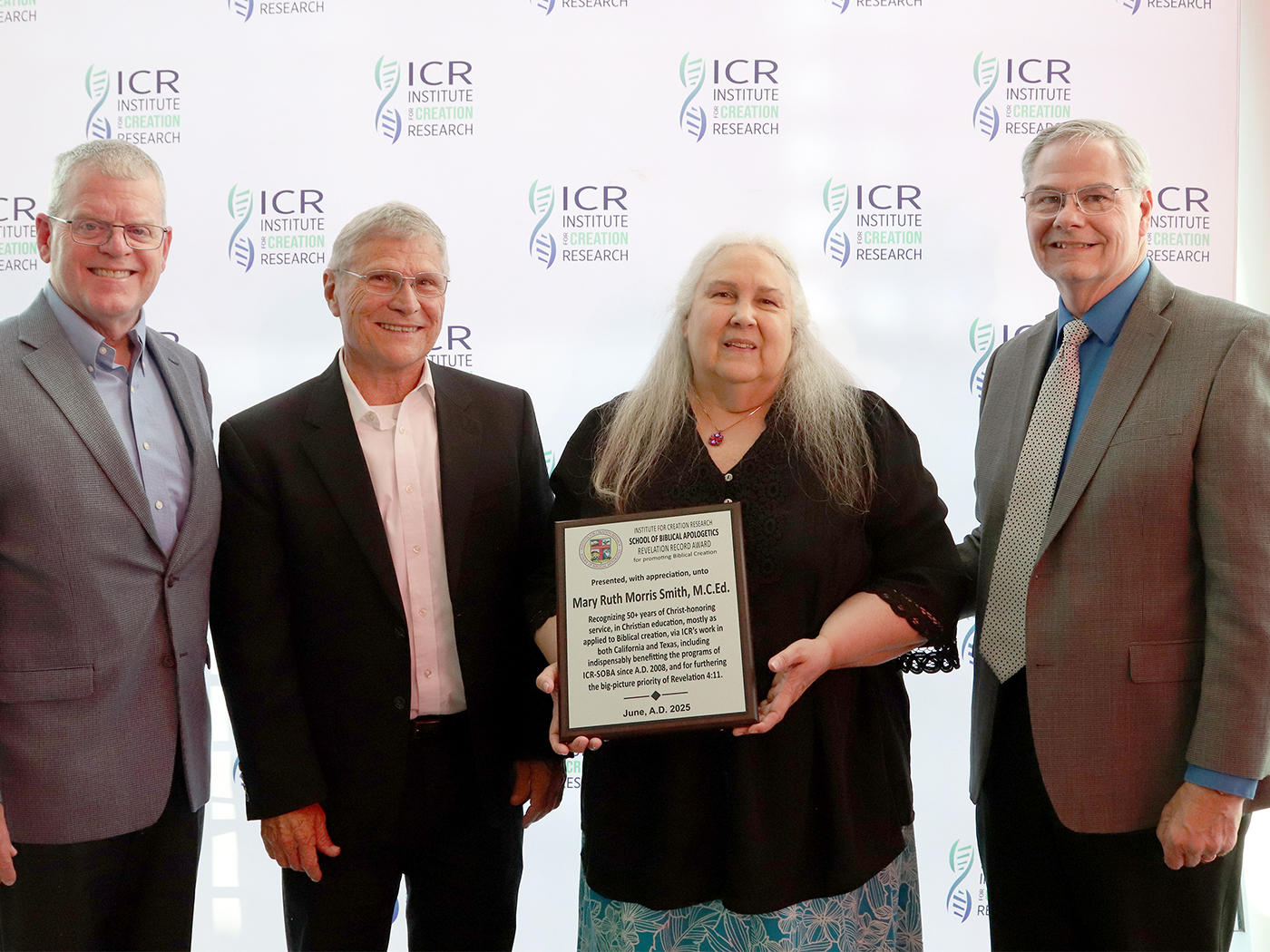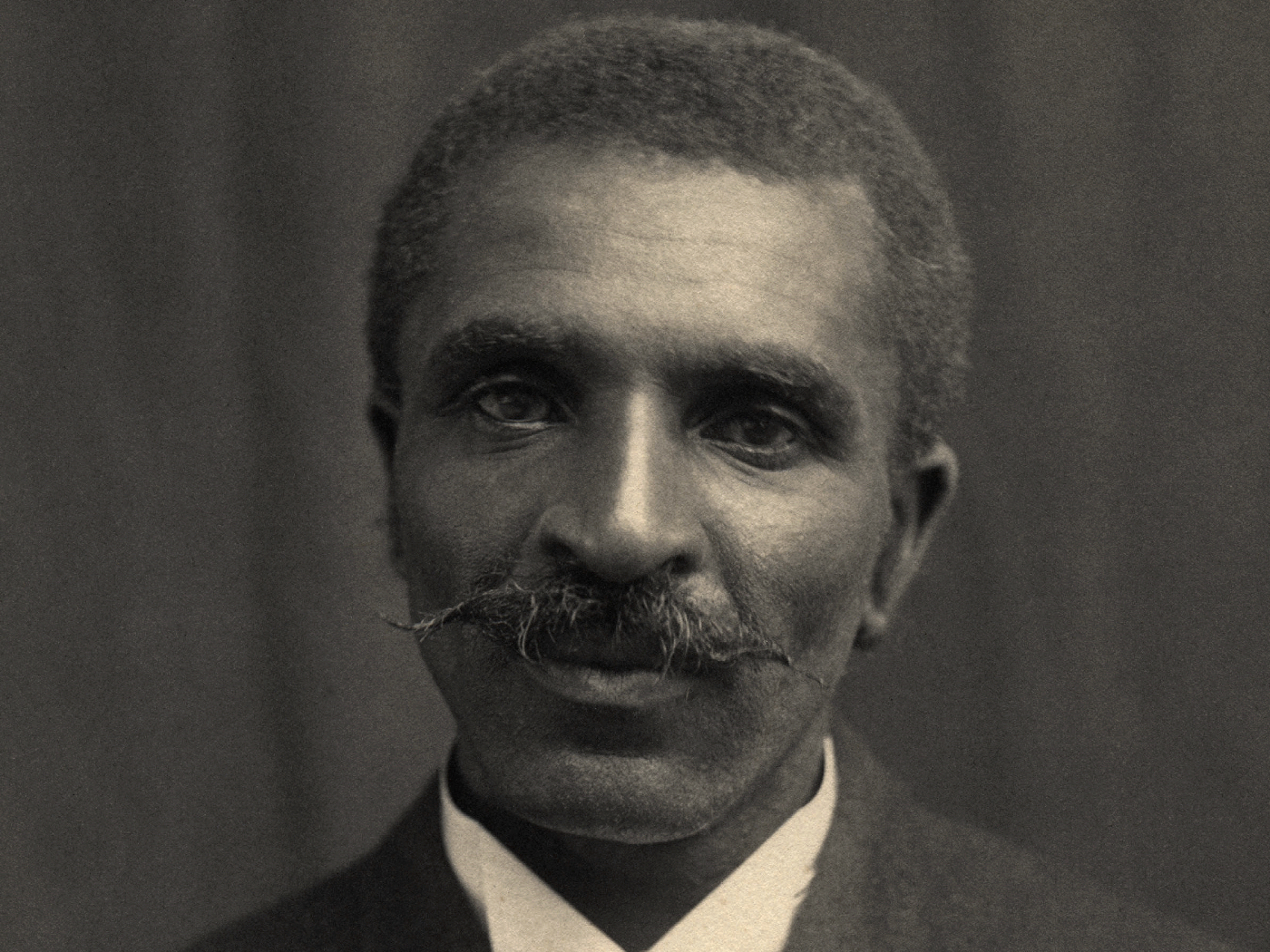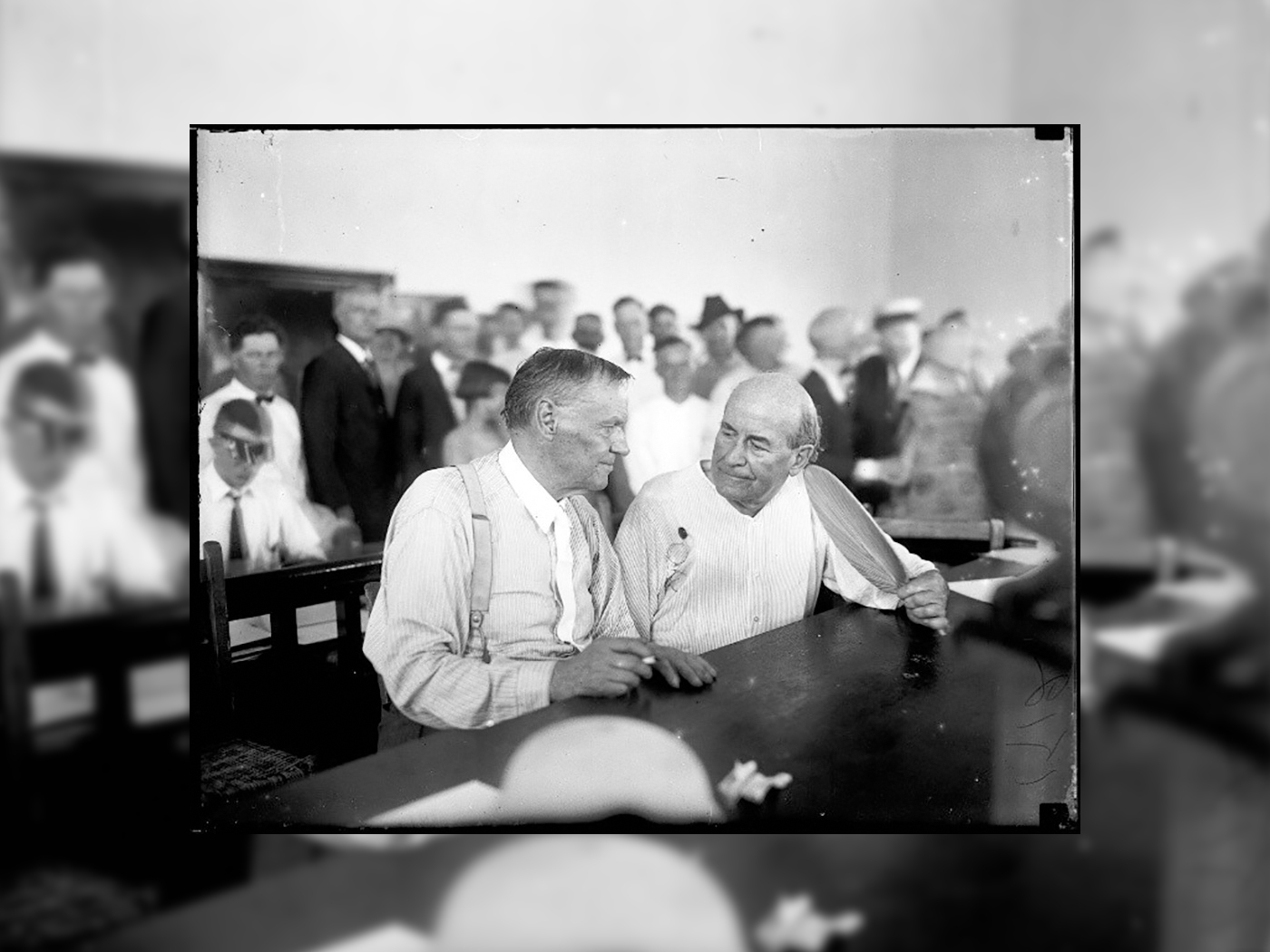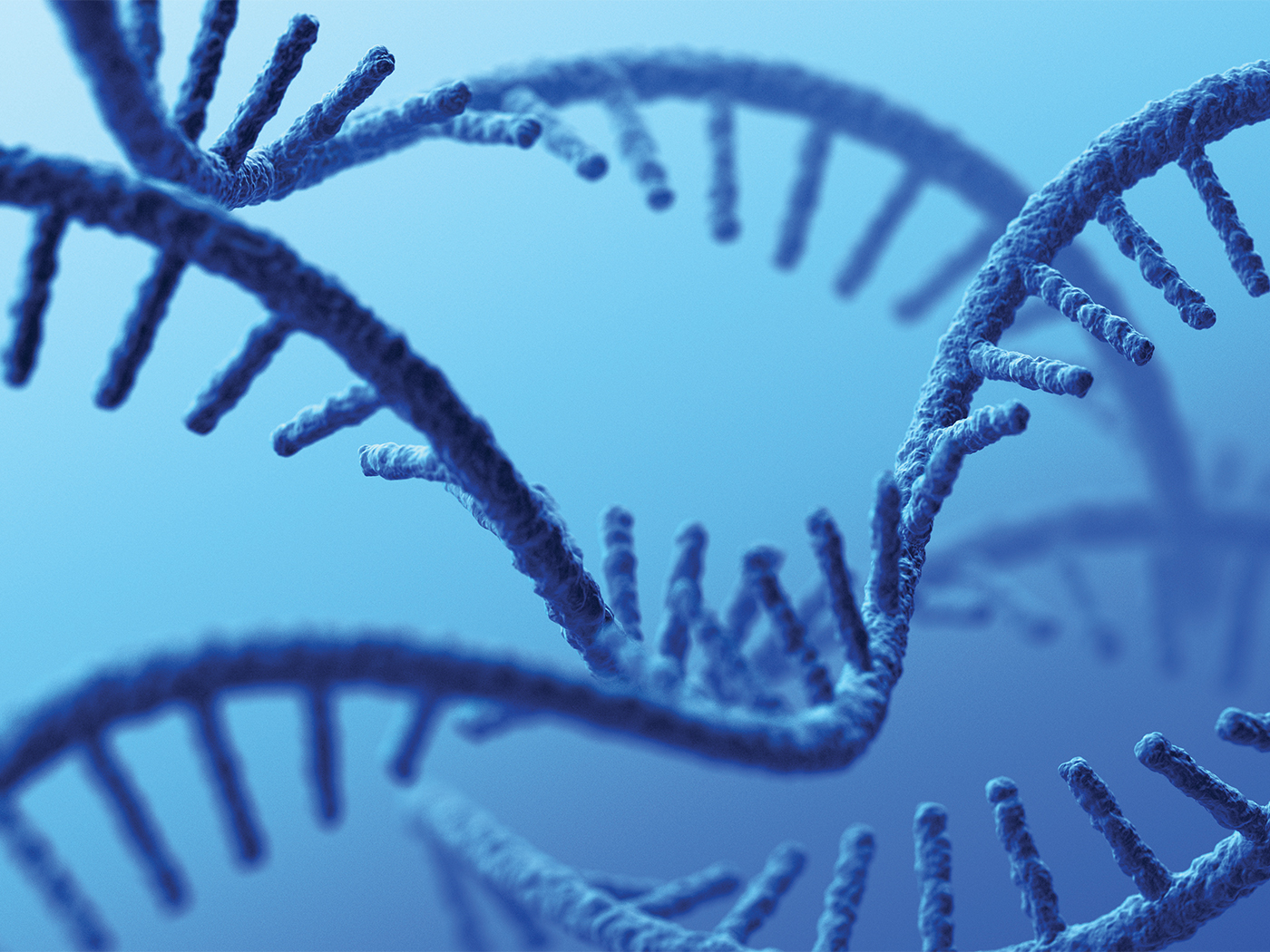Fruit flies, the subject of over a century of intense investigation, have not ceased yielding secrets. In a study published in 1980, core fruit fly genes were altered, one by one, and the resulting plethora of dead flies proved that there was no "wiggle room" to add the mutations that evolution would require.1 Now, researchers have found another way to break the fly. But instead of removing any genes, they removed a genetic "stop" signal.
Genes are DNA sequences that code for proteins and comprise a small minority of the total DNA material in flies as well as humans. The fruit fly gene the researchers analyzed, named polo, actually has two stop signals. These mark the places on DNA that copying should stop, so that the resulting messenger RNAs and proteins end up the correct length.
It was suspected that the duplicated stop sign served as double insurance that the gene would be copied correctly. So, the investigators removed the second one, thinking it would prove to be superfluous.
However, "the results were surprising and more dramatic than they could have expected," according to a news release from the Portuguese Instituto de Biologia Molecular e Celular. Research team coordinator Alexandra Moreira said, "When we make the fly using only the first stop-signal the effect is lethal."2 When the second stop signal was deleted, the fruit flies pupated with a malformed abdomen and the result was dead insects.
This research provides two arguments in favor of fruit fly creation, arguments that also show how the flies could not have evolved by any chance-based natural process.
First, in addition to the raw code for proteins carried in the gene, this particular stop sequence is also required for any fruit fly to survive. In other words, the genes plus the regulatory DNA comprise an all-or-nothing system that defies evolutionary ideas of the fruit fly being the product of a gradual accretion of its parts.
Moreira said that both full stop signs are required for "effective regulation of the levels of the resulting proteins."2 The correct numbers of proteins must be expressed during embryonic development.
Second, this result adds to an ever-growing list of regulatory DNA sequences that do not code for proteins but are nevertheless vital. It appears that a vast majority of any organism's genome is highly regulated, tightly packed with information (often double-layered), and therefore unable to tolerate many mutations without breaking down.3
But without mutations…which generations of students have been taught are the means by which evolution generates innovative change…the hypothetical engine of evolution comes to a screeching halt.
In an automobile, the steering wheel regulates the direction the car travels. Similarly, the number and position of stop signs in the fruit fly's DNA help regulate protein production during its development. In both cases, the removal of the regulatory feature also renders its whole entity useless. Just as the effect of removing the steering wheel from a car physically demonstrates that the whole car had to have been purposefully engineered, the removal of this one fly "stop sign" demonstrates that the whole fly must also have been purposefully engineered.
And the best candidate for having done that is the Creator God of the Bible.
References
- Nüsslein-Volhard, C. and E. Wieschaus. 1980. Mutations affecting segment number and polarity in Drosophila. Nature. 287 (5785): 795-801.
- The fine print with big consequences: multiple stop points in genes are more important than we thought. Instituto de Biologia Molecular e Celular news release via Alpha Galileo, May 20, 2011, reporting results in Pinto, P. A. B. et al. RNA polymerase II kinetics in polo polyadenylation signal selection. The EMBO Journal. Advance online publication May 20, 2011.
- Thomas, B. Fruit Fly DNA Not as Well Known as Scientists Thought. ICR News. Posted on icr.org April 20, 2011, accessed May 23, 2011.
Image credit: Copyright © 2011 Instituto de Biologia Molecular e Celular. Adapted for use in accordance with federal copyright (fair use doctrine) law. Usage by ICR does not imply endorsement of copyright holders.
* Mr. Thomas is Science Writer at the Institute for Creation Research.
Article posted on May 31, 2011.












